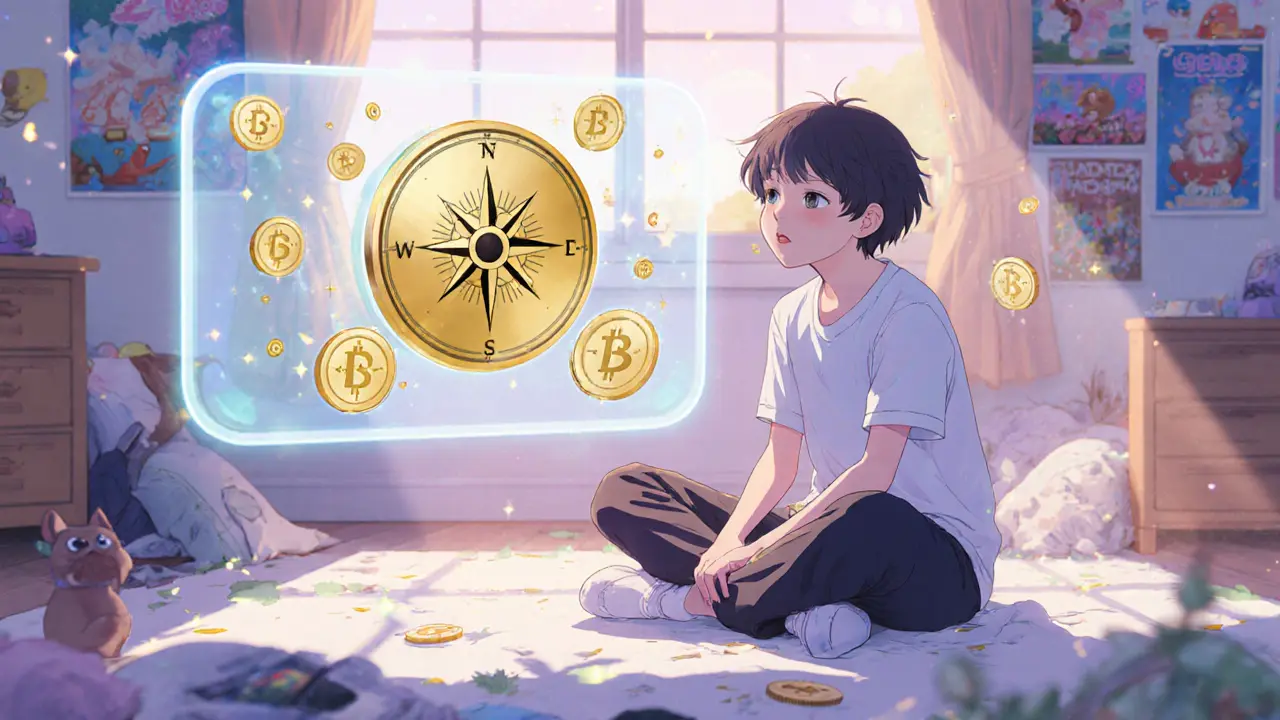Web3 Gaming: Trends, Tech, and Opportunities
When you hear Web3 gaming, the fusion of blockchain technology with interactive entertainment, allowing players to own, trade, and earn real value from in‑game assets. Also known as GameFi, it blurs the line between play and finance, letting gamers act as both participants and investors. Web3 gaming thrives on decentralization, transparency, and token‑based economies, which means every win, loss, or trade leaves a verifiable record on a public ledger. This ecosystem reshapes how developers monetize, how communities govern, and how players experience reward loops.
At the heart of this revolution are NFTs, unique, tamper‑proof tokens that represent in‑game items, avatars, or land parcels, each with its own metadata and ownership proof. NFTs power Play-to-Earn, a model where players earn tradable tokens or NFTs by completing quests, winning battles, or contributing content. The key attribute here is scarcity: because each NFT is one‑of‑a‑kind (or limited edition), it can appreciate in value just like a collectible card. Players can sell, lease, or combine these assets across multiple games, creating a cross‑title economy that traditional games can’t match. The result is a loop where gameplay fuels earnings, and earnings fund deeper gameplay, driving both retention and community growth.
Beyond NFTs and Play-to-Earn, the broader GameFi, an umbrella term for financial mechanics embedded in games, such as staking, liquidity mining, and yield farming on game tokens adds another layer of incentive. GameFi often uses native utility tokens that grant governance rights, access to exclusive content, or voting power over game updates. Meanwhile, the Metaverse, a shared virtual space where users interact via avatars, own digital real‑estate, and participate in social or economic activities expands the playground. In a metaverse setting, Web3 gaming assets become part of a larger digital world, enabling seamless movement of avatars, skins, or weapons from one experience to another. This convergence requires robust cross‑chain bridges, low‑latency scaling solutions, and user‑friendly wallets, all of which are active areas of development.
All these pieces—blockchain foundations, NFTs, Play-to-Earn economics, GameFi token utilities, and metaverse integration—form a tightly woven ecosystem that’s still evolving. Our collection below reflects that diversity, covering everything from high‑risk meme tokens to solid infrastructure projects, from tokenomics deep dives to practical guides on claiming airdrops. Whether you’re a casual player curious about earning real value, a developer hunting the next tech stack, or an investor scouting emerging opportunities, the articles ahead give you actionable insights, security tips, and clear roadmaps to navigate the fast‑moving world of Web3 gaming.
Understanding GGDApp (GGTK) Crypto Coin: Features, Market Data, and Investment Outlook
A concise guide to GGDApp (GGTK) crypto coin, covering its purpose, tokenomics, market data, rewards, risks, and how to buy and use it.
